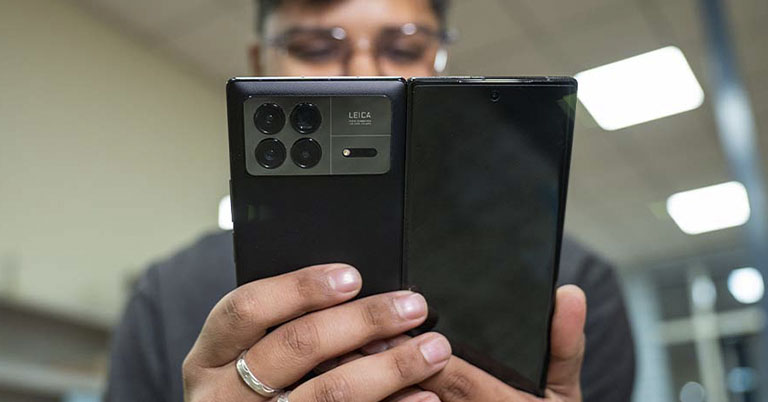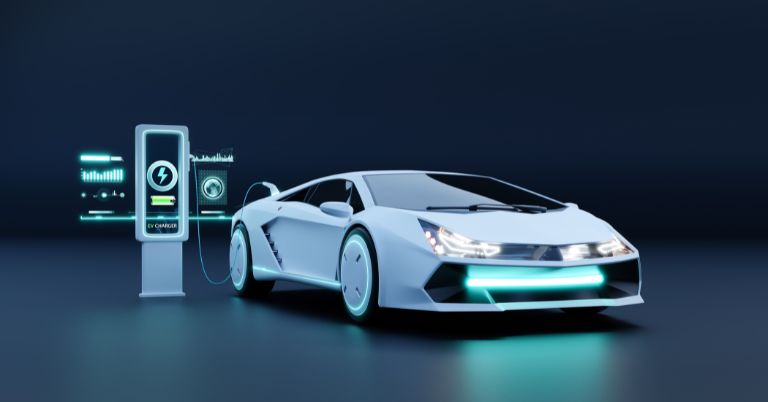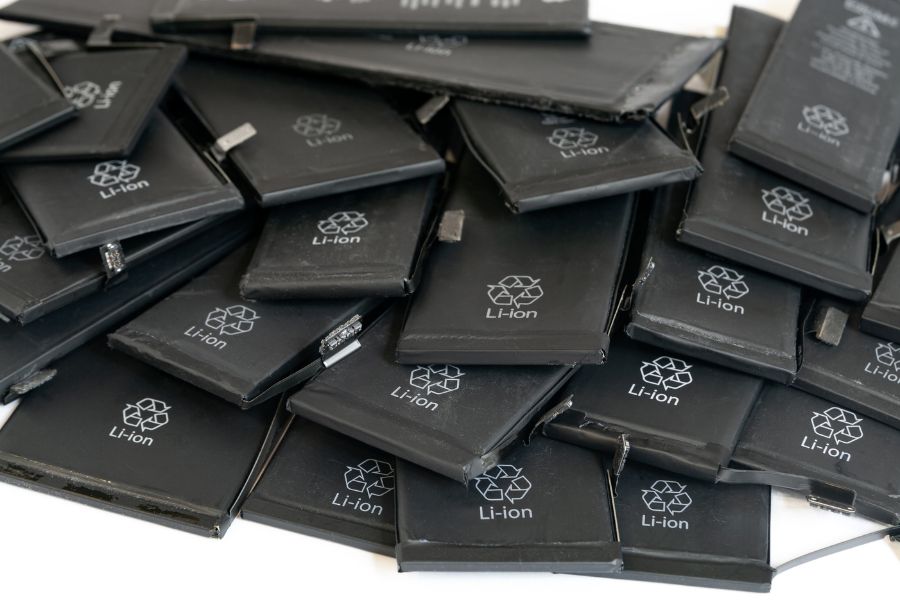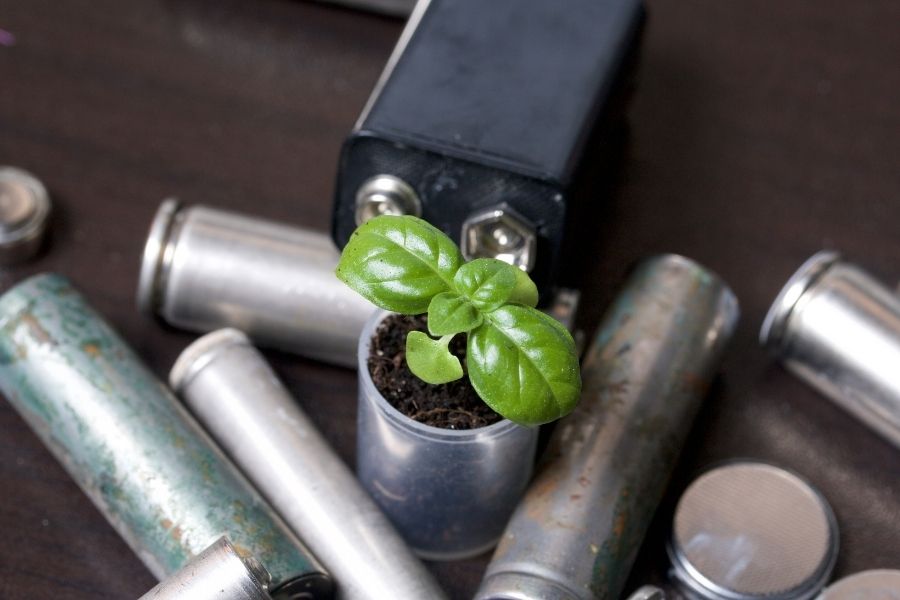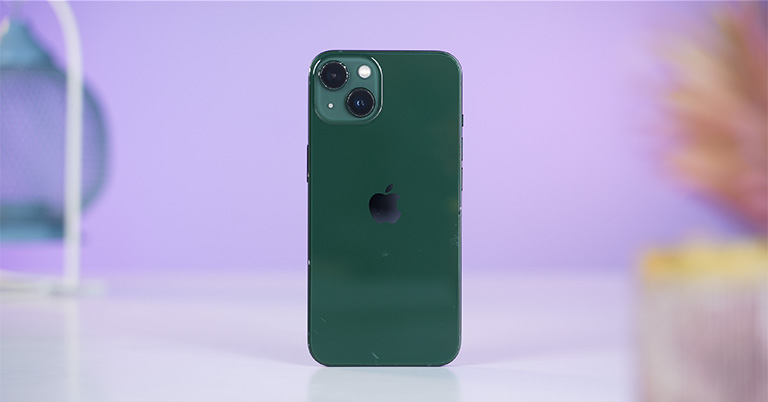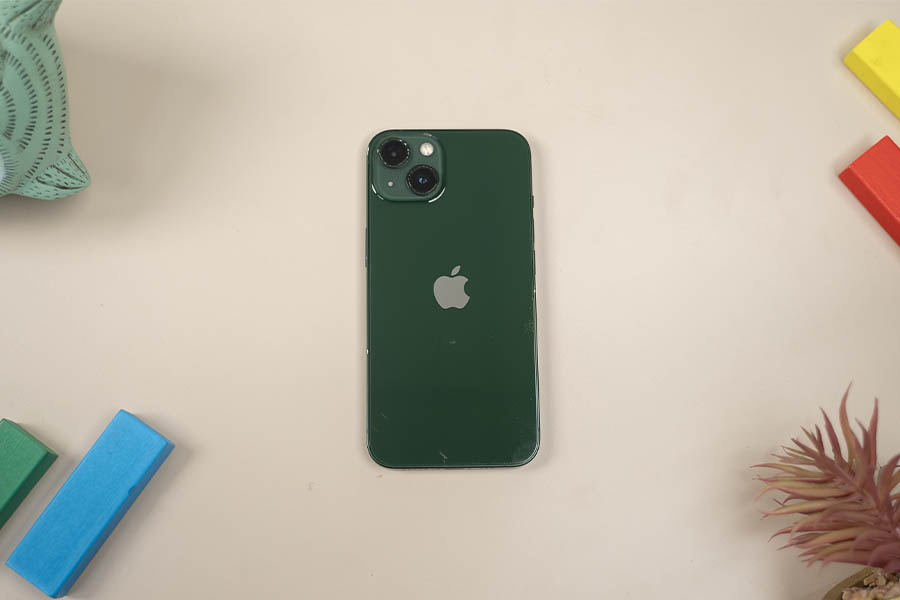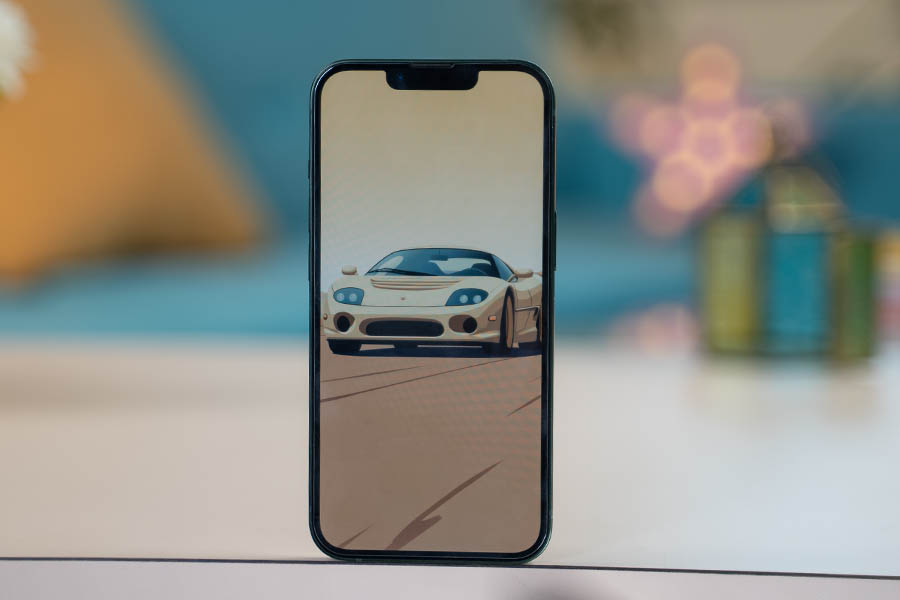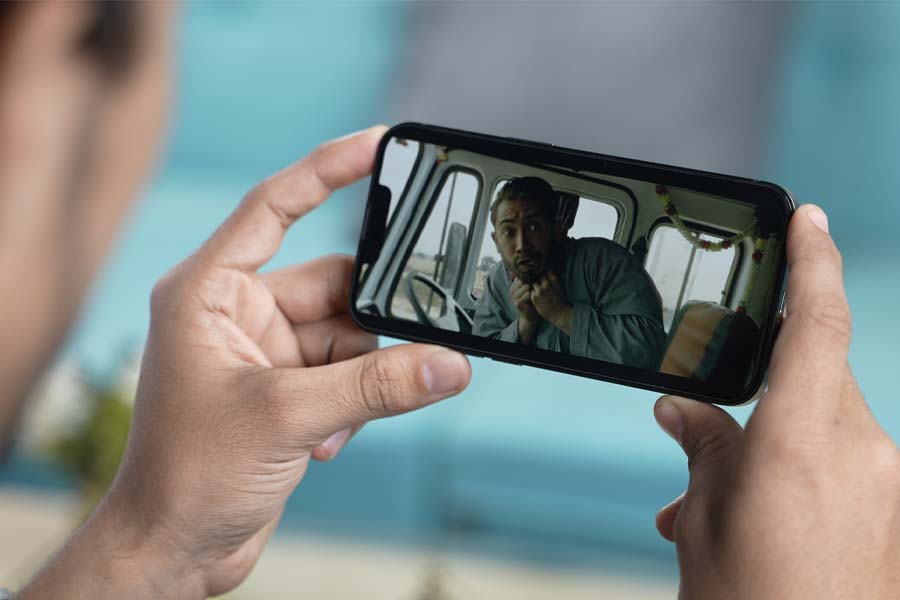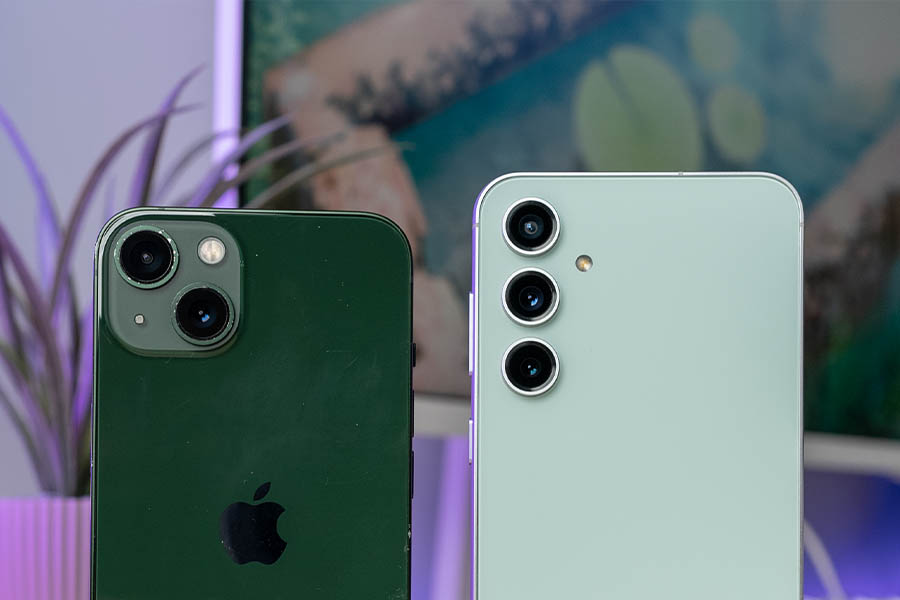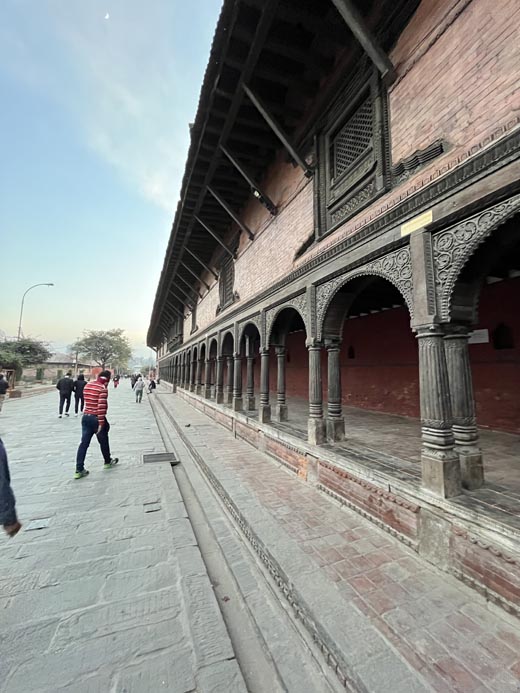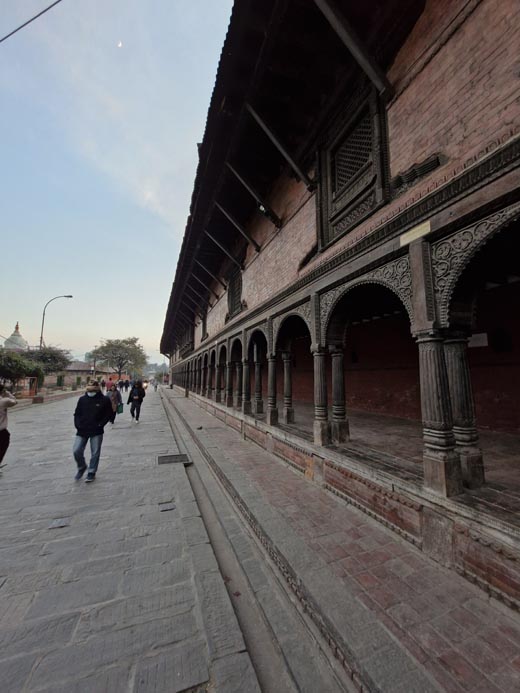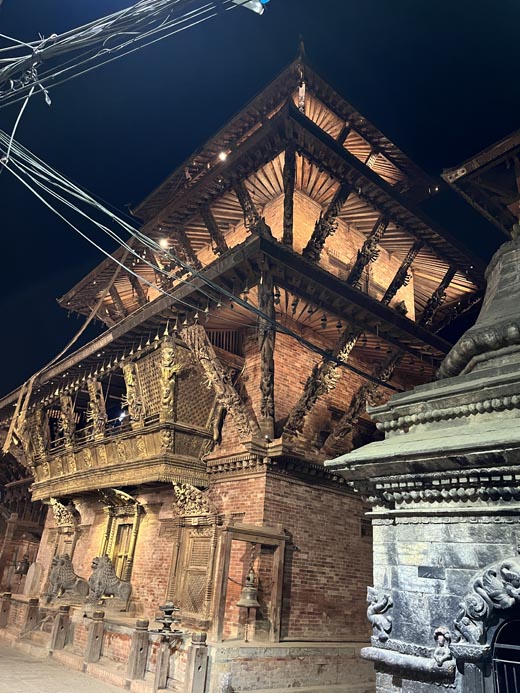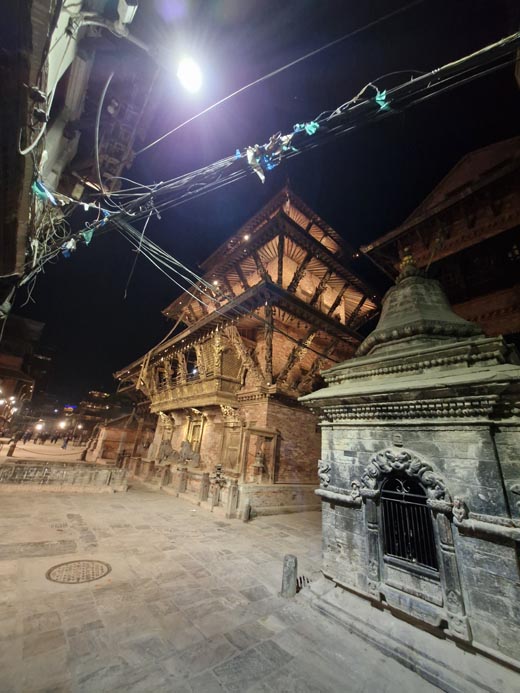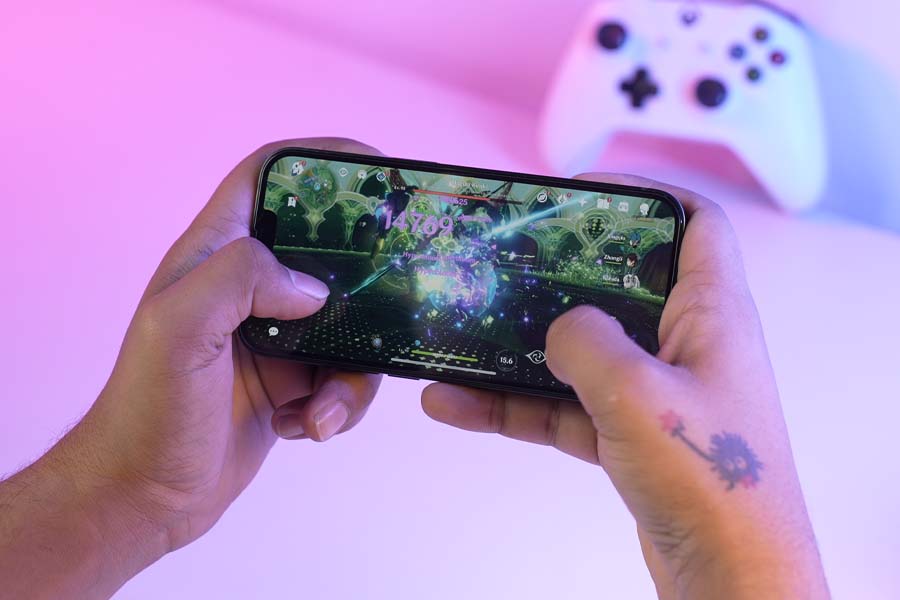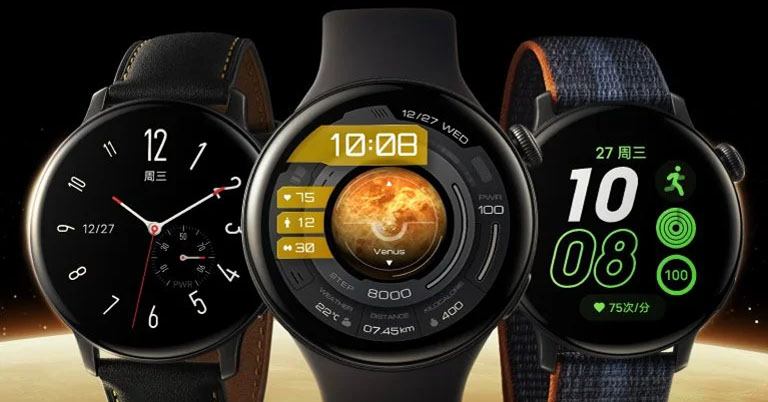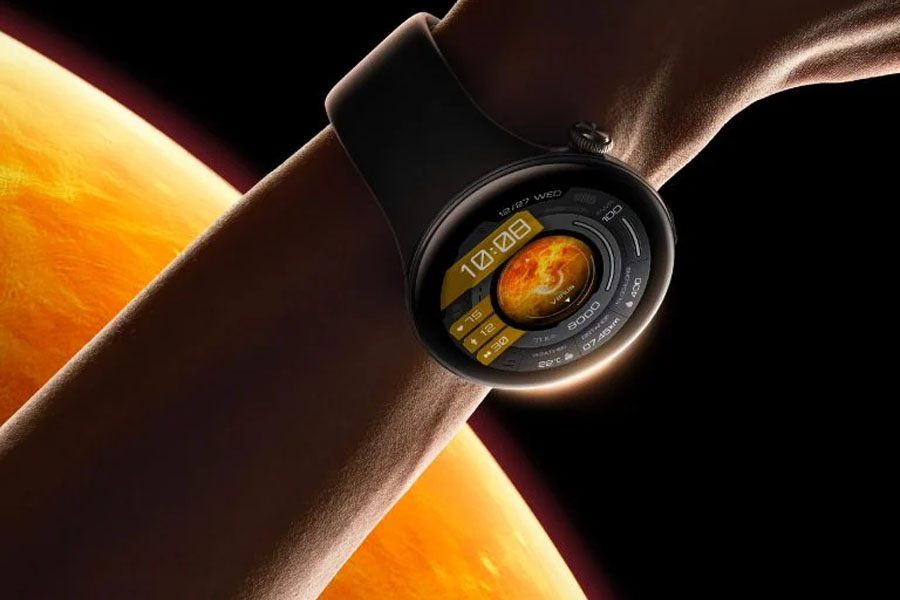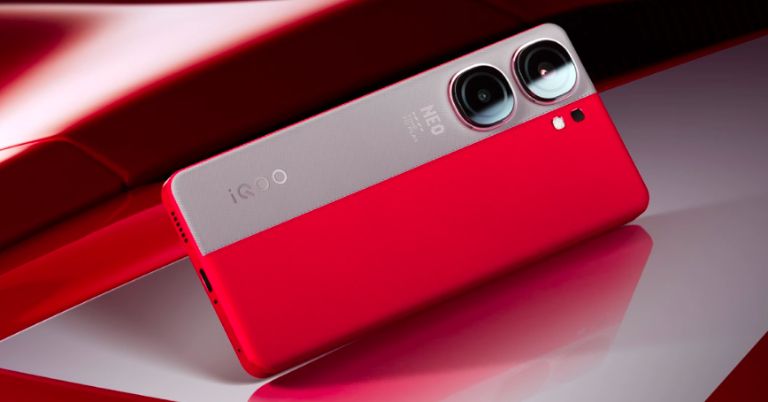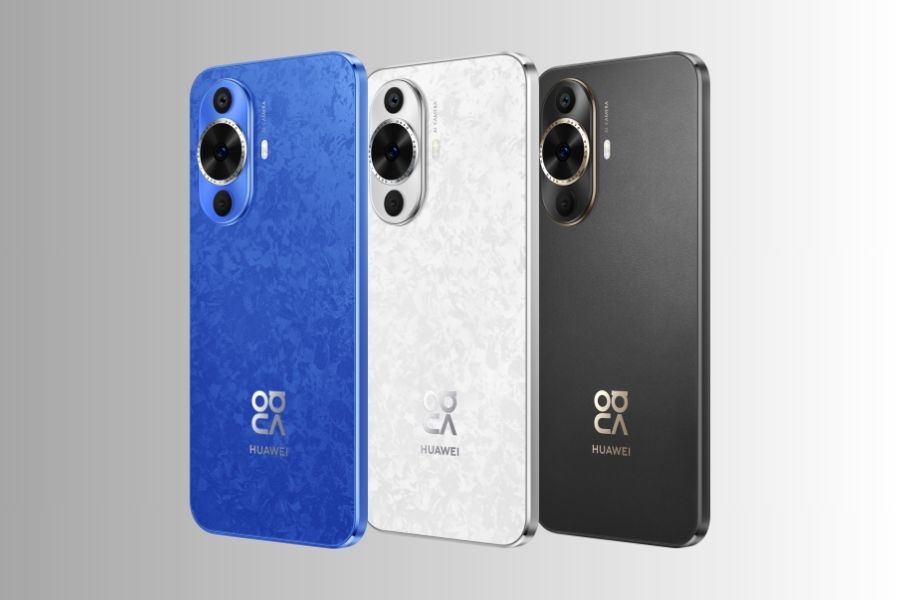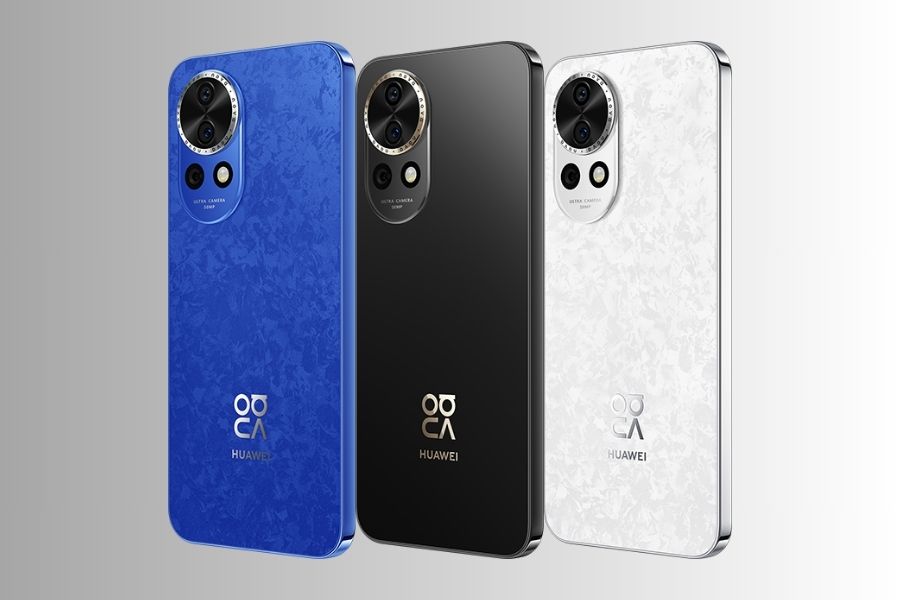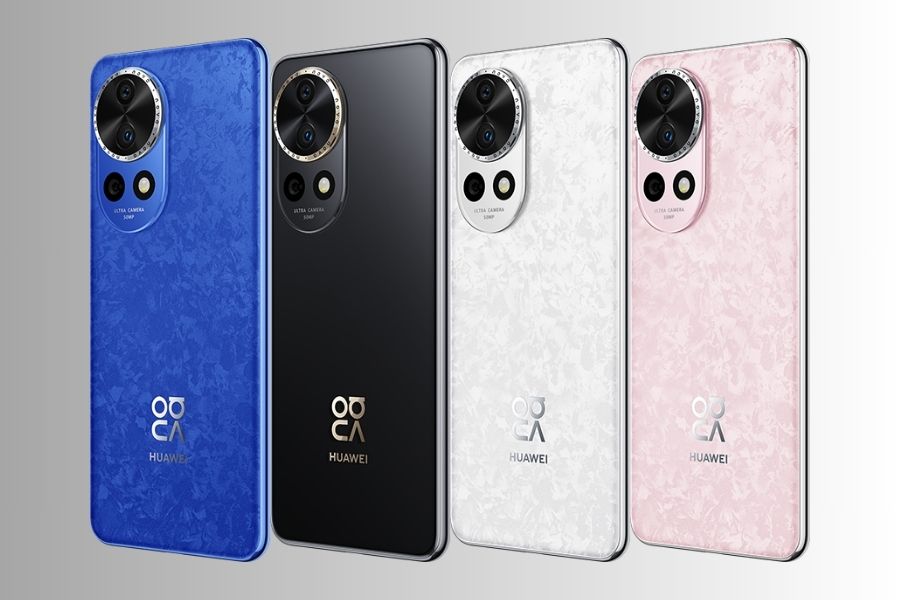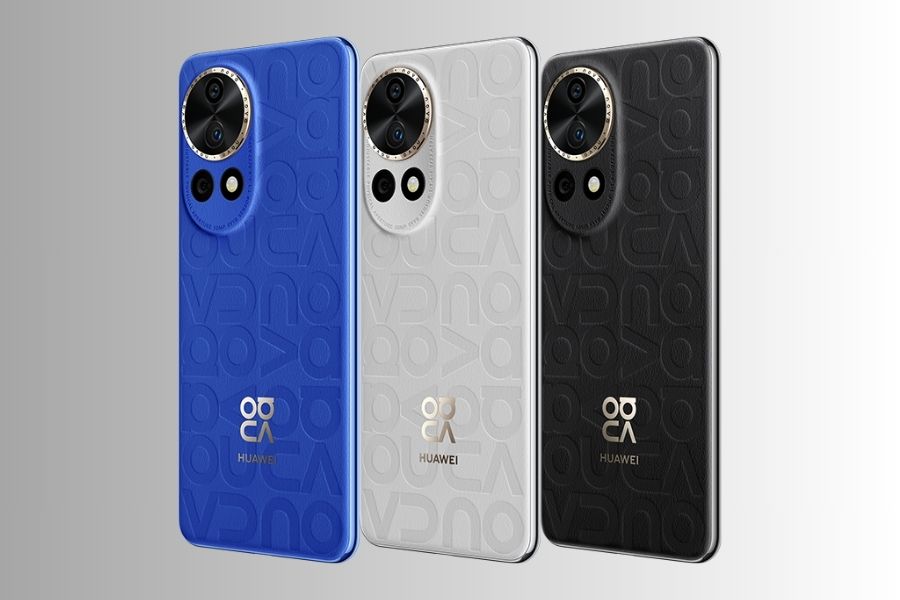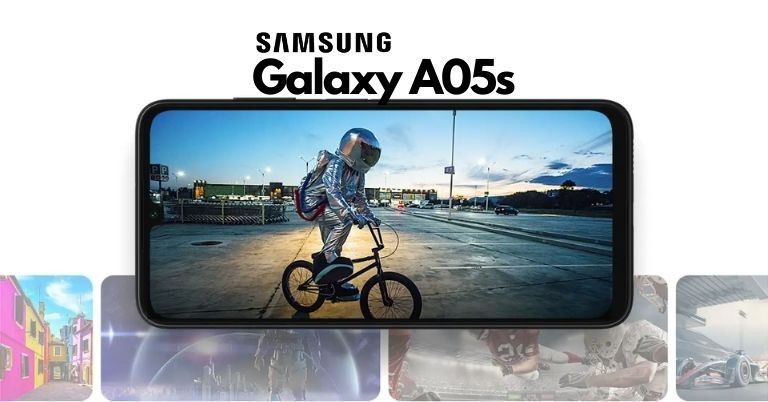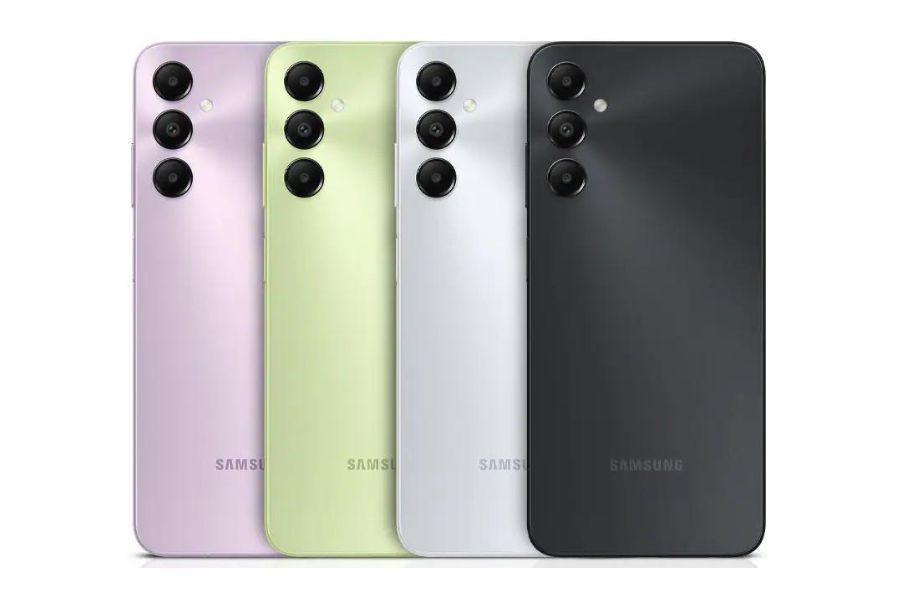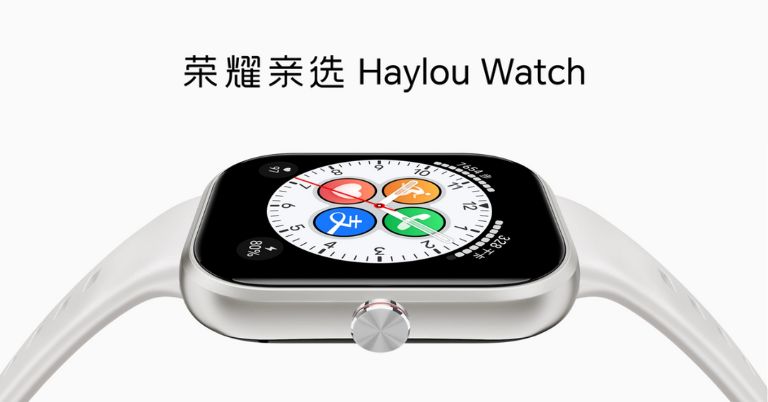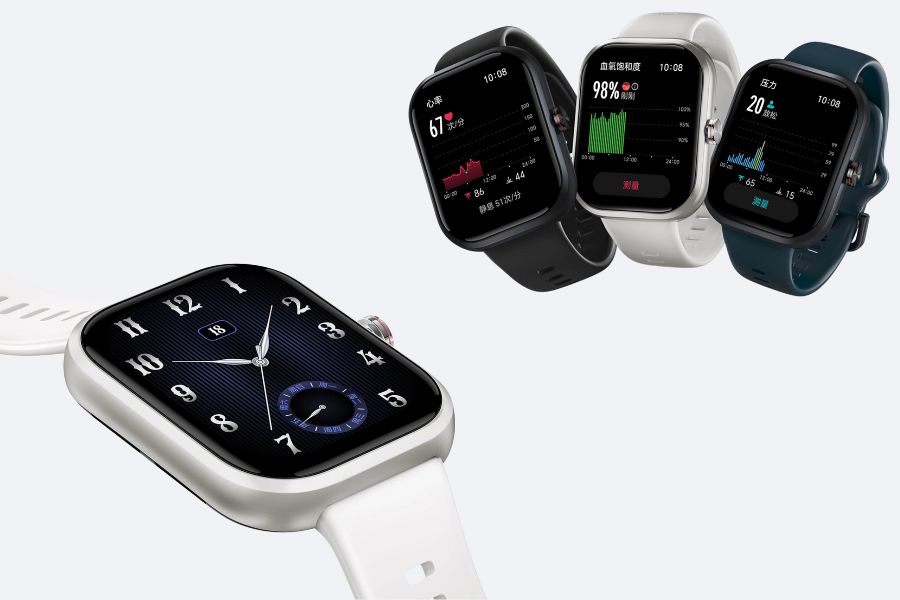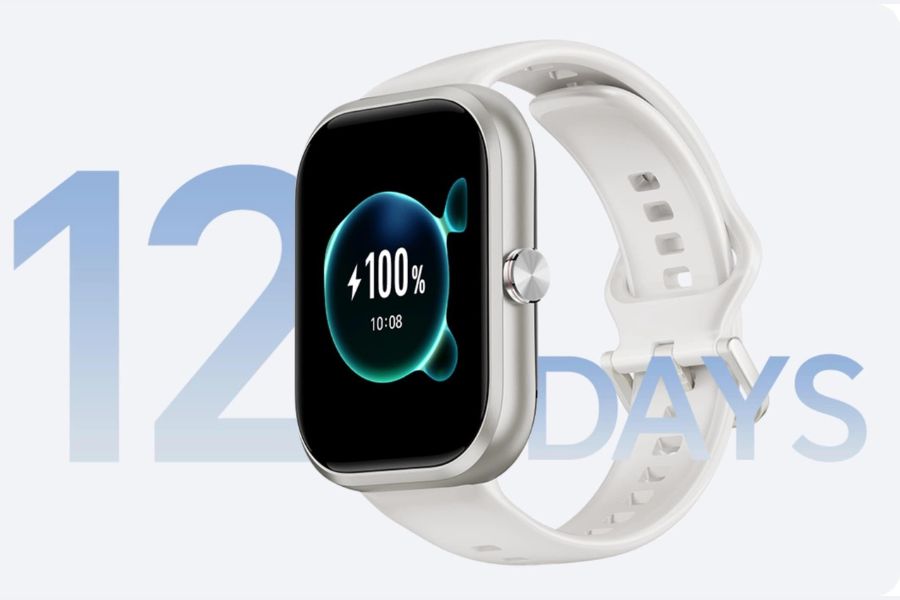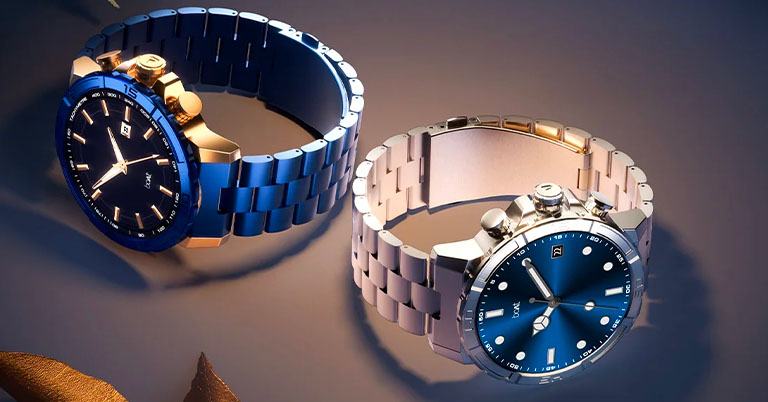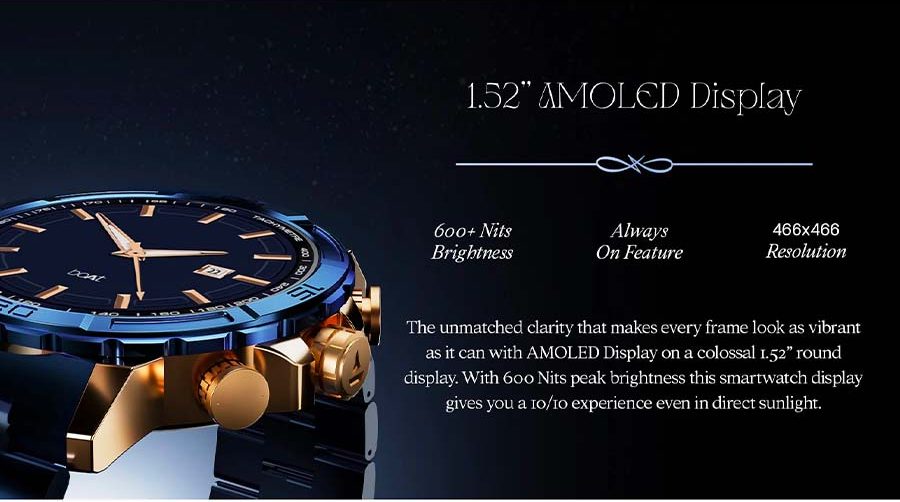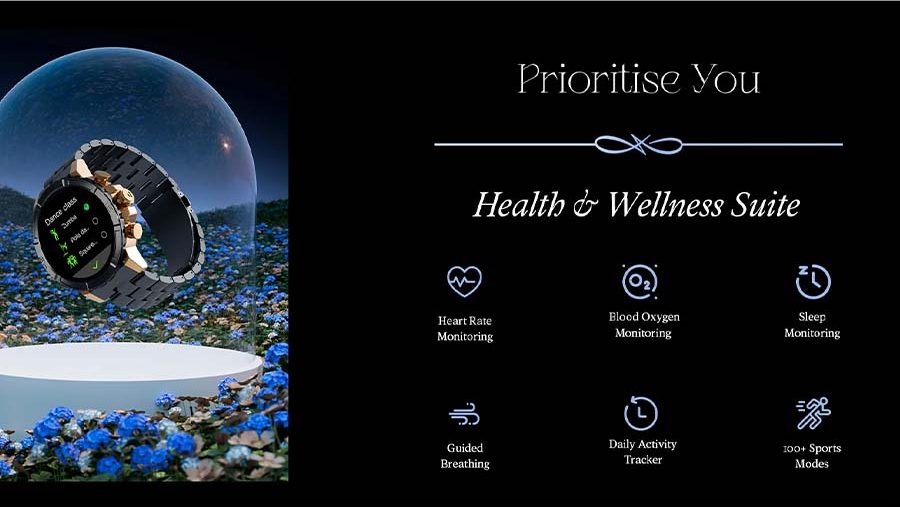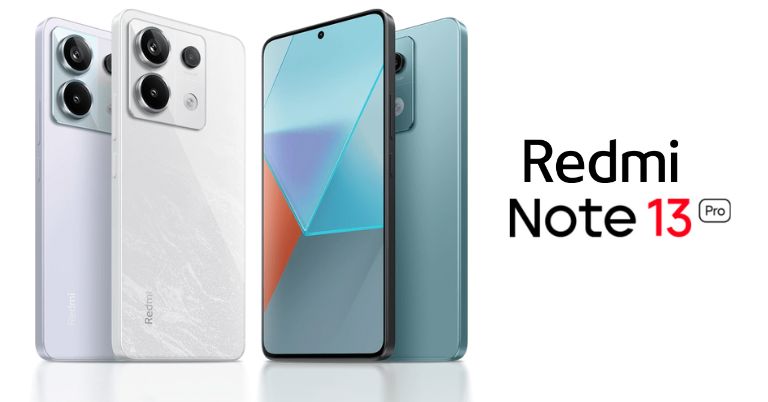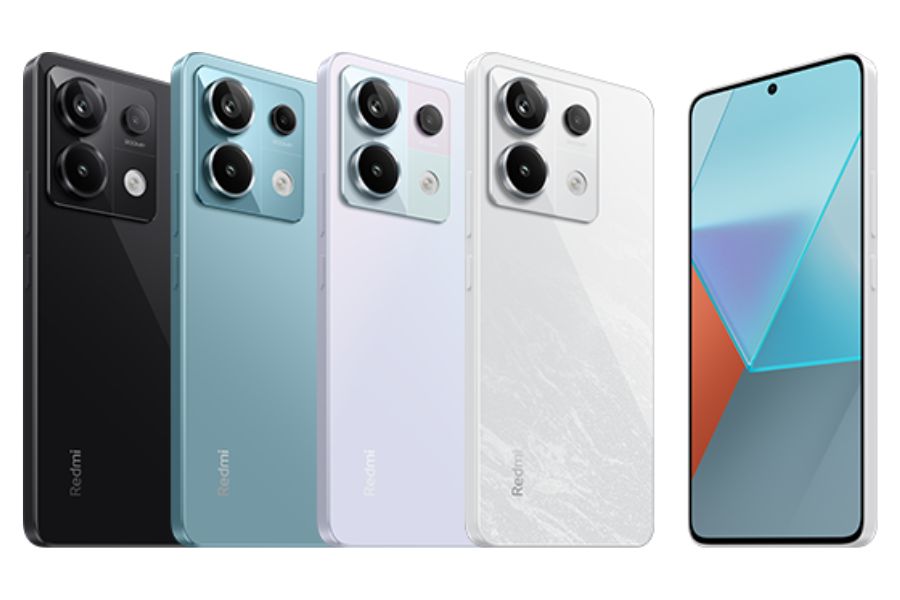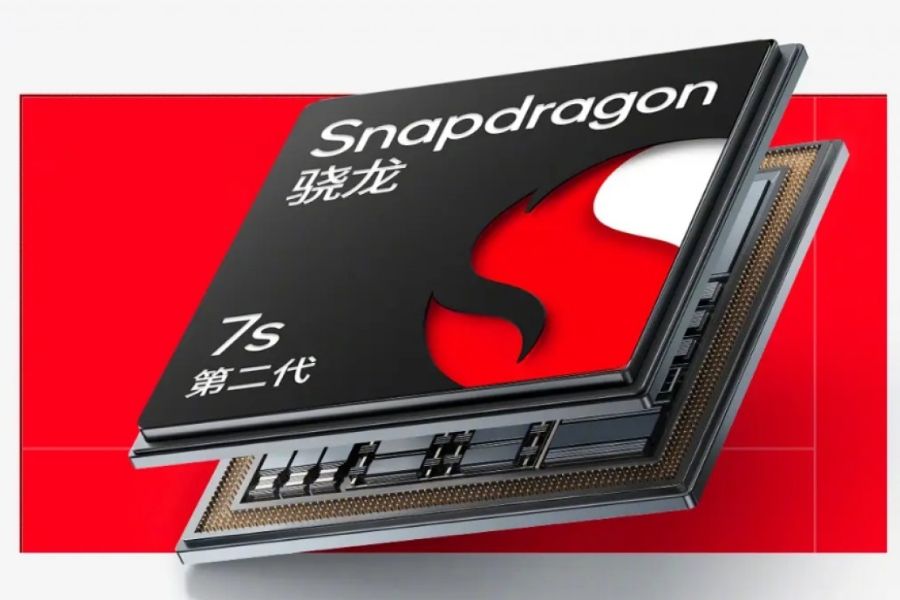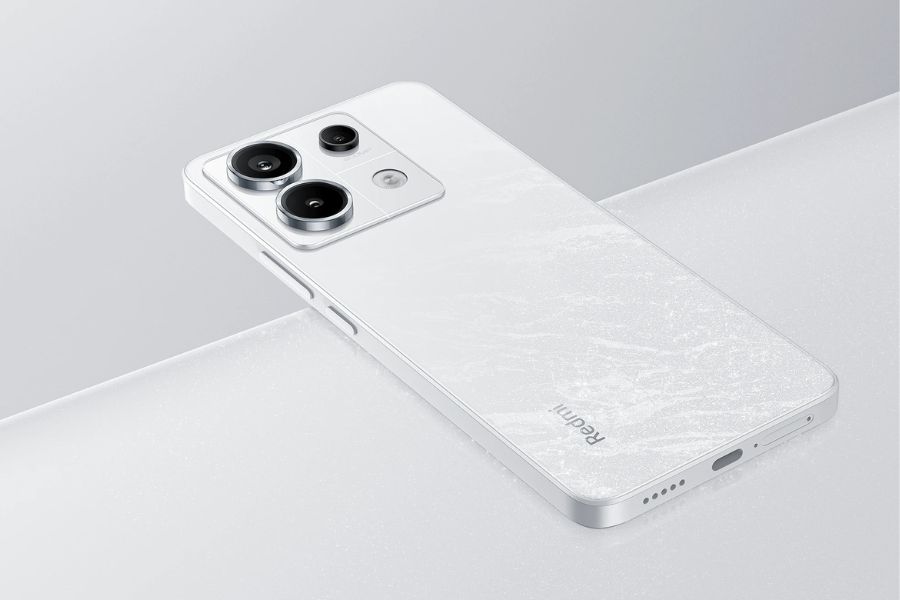Continuing Xiaomi’s lineup of foldable phones, the Xiaomi Mix Fold 3 arrived in the Chinese market back in August. It brings a bunch of upgrades in practically every department over last year’s Xiaomi Mix Fold 2. And after getting to use it for a few days, I feel like the Mix Fold 3 really has what it takes for Xiaomi to compete against the big boys in the global foldable market as well.
Xiaomi Mix Fold 3 Overview:
Design and Build
Okay, one of the most obvious complaints people bring up when talking about foldables is how they’re bulky and heavy. And I like how Xiaomi has addressed both of those issues with the Mix Fold 3. This thing now measures just 10.9mm when folded and weighs around 259 grams only. Of course, it’s still quite a bit heavy compared to normal smartphones but you get the idea. It feels ridiculously close to a normal flagship phone in hand.
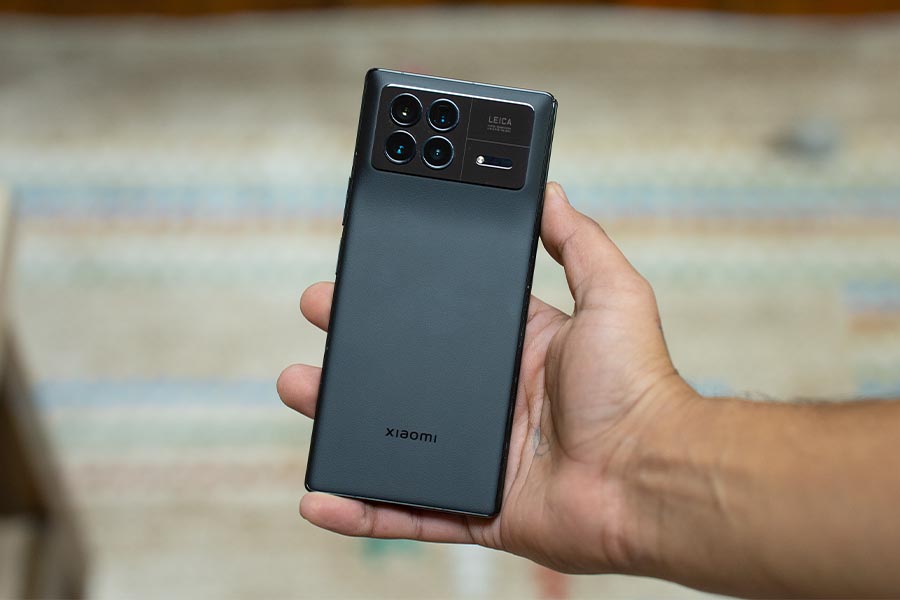
Most of this has to do with the improved hinge mechanism as well. The updated hinge doesn’t take as much space as the waterdrop hinge on the Mix Fold 2, and it even allows the phone to stand freely between 45° – 135°. Which is something its predecessor couldn’t do.
Xiaomi Mix Fold 3’s build quality feels pretty sturdy too. Its hinge can now withstand more than 500,000 folds, which is more than twice what Samsung promises for the Galaxy Z Fold 5. Although I would love to see Xiaomi figure out some form of IP rating on its next-gen foldable. Interestingly, the Mix Fold 3 is available in two build materials: Glass and Dragon scale fiber. The latter is more durable with an aerospace fiber composite material. And it’s a tad lighter as well, at 255 grams.
Display
As you’d expect, the display side of things is also fantastic here. Xiaomi has E6 AMOLED panels both on the outside and the inside that I absolutely love. But more than the actual quality of the display itself, the 6.5-inch cover display with its 21:9 aspect ratio is fantastic. Much better than the narrow front display Samsung prefers for its foldables.
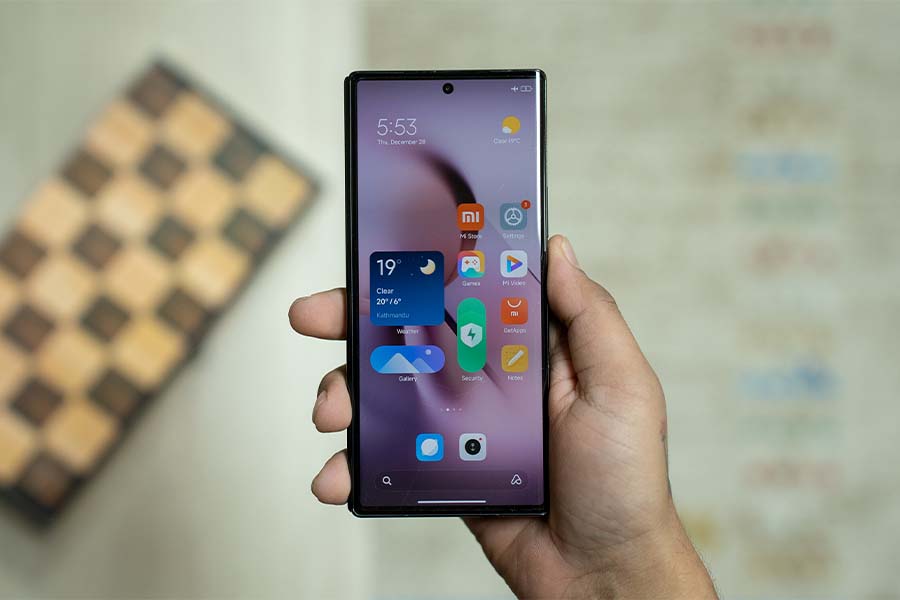
It is also protected by Corning Gorilla Glass Victus 2 and has everything else you’d expect from a flagship Xiaomi phone. Including a smooth 120Hz refresh rate, Dolby Vision certification, and up to 2,600 nits of peak HDR brightness.
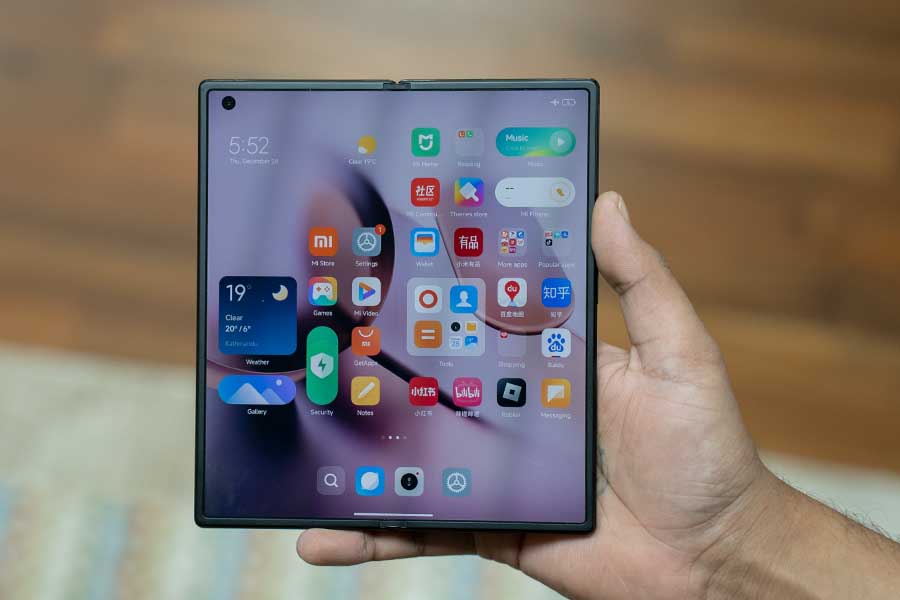
Whereas underneath it all is an almost squarish 8-inch display that shares most of its characters with the cover display. Except (of course) Victus 2 protection, which is replaced by Ultra Thin Glass (UTG). I like how this thing doesn’t leave a gap when folded and its crease is also rea…lly subtle. And kinda noticeable only when you’re intentionally looking for it.
There’s also a hole-punch cutout on the top left that houses a 20MP camera — although I gotta admit — I would’ve much preferred if Xiaomi had gone with an under-display camera instead.
Camera
Talking about cameras, the Xiaomi Mix Fold 3 now has a cooktop-like camera module at the back. There are four sensors in total (all with Leica optics), including a 12MP ultrawide, a 50MP IMX800 wide, a 10MP telephoto unit (75mm) with 3.2x optical zoom, and a 10MP periscope camera (115mm) capable of 5x optical zoom.
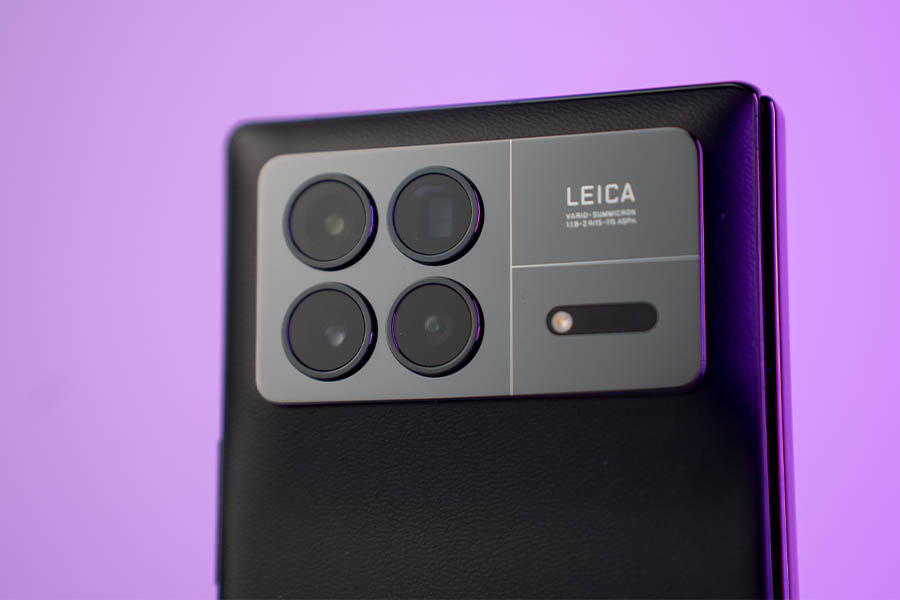
Besides the ultrawide lens, all of them are optically stabled too. As for selfies, Xiaomi has used an identical 20MP sensor on both the cover and the main display.
- You might want to read these:
- Xiaomi 14 Pro debuts with Snapdragon 8 Gen 3, Titanium frame
- Xiaomi officially announces the second batch of devices to get HyperOS
- Xiaomi 14 is official with Snapdragon 8 Gen 3 and Leica cameras
Performance
And running the show is Qualcomm’s excellent Snapdragon 8 Gen 2 chip. Which has been paired with up to 16GB of RAM and 1TB of UFS 4.0 internal storage. So as you’d expect, performance is really not a problem here. It originally ran on Android 13-based MIUI 14 out-of-the-box, but Xiaomi has already pushed the HyperOS 1.0 update for this guy as well.
Rest of the specs
Other than this, the Xiaomi Mix Fold 3 has a rather sizeable 4,800mAh battery. That’s… pretty impressive for a foldable, actually. It supports 67W wired and 50W wireless charging, whereas Xiaomi provides a compatible 67W power brick inside the box itself.
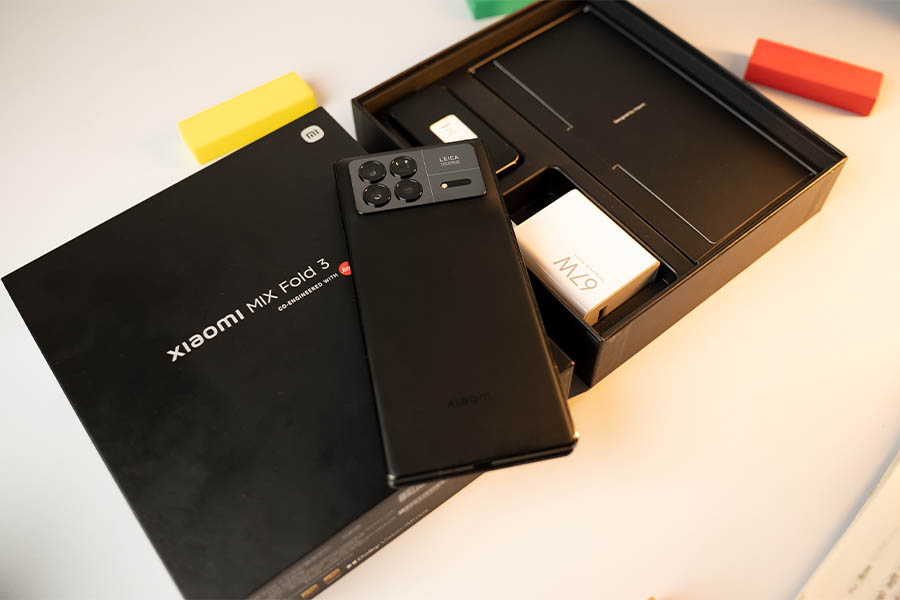
As for the wireless connectivity options, I like how the Mix Fold 3 cuts no corners either. There’s WiFi 7 and Bluetooth 5.3 onboard, whereas it even has a USB 3.2 Gen 1 port that supports display out. In terms of audio, the Xiaomi Mix Fold 3 has a Dolby Atmos-certified dual speaker setup.
Xiaomi Mix Fold 3 Specifications:
- Design and Build:
- Folded: 161.2 x 73.5 x 10.96 mm
- Unfolded: 161.2 x 143.28 x 5.26 mm
- Weight: 255 – 259 gm
- Display: E6 AMOLED panel
- Cover: 6.56-inch, 21:9 aspect ratio, Gorilla Glass Victus 2
- Main: 8.03-inch, 1.12:1 aspect ratio, Ultra Thin Glass (UTG)
- Display Properties: 120Hz refresh rate, 240Hz touch sampling rate, LTPO 2.0, HDR10+, Dolby Vision, 2,600 nits peak brightness
- Resolution:
- Cover: FHD+ (2160 x 1080 pixels)
- Main: 2K (2160 x 1960 pixels)
- Chipset: Qualcomm Snapdragon 8 Gen 2 5G (4nm Mobile Platform)
- Memory: 12/16GB LPDDR5X RAM, Up to 1TB UFS 4.0 storage
- Software & UI: Android 13 with MIUI Fold 14 on top
- Rear Camera: Quad (with LED flash)
- Primary: 50MP f/1.7 Sony IMX800, OIS, 23mm
- Ultrawide: 12MP f/2.2, 120° FoV, 15mm
- Telephoto: 10MP f/2.2, 3.2x optical zoom, OIS, 75mm
- Periscope: 10MP f/2.9, 5x optical zoom, OIS, 115mm
- Selfie Camera: 20MP sensor (cover, main)
- Battery: 4,800mAh with 67W wired charging, 50W wireless charging
Xiaomi Mix Fold 3 Price in Nepal and Availability
While everything about the Mix Fold 3 sounds fantastic, Xiaomi has yet to launch its foldable outside of China. Where it starts at CNY 8,999 (around INR 105,000 / USD 1,260) for the base 12/256GB model. Either way, in case the Xiaomi Mix Fold 3 arrives in Nepal somehow, we expect its price to start at NPR 205,999.
| Xiaomi Mix Fold 3 | Price in China (Official) | Price in Nepal (Expected) |
| 12/256GB | CNY 8,999 | NPR 205,999 |
| 16/512GB | CNY 9,999 | NPR 227,999 |
| 16GB/1TB | CNY 10,999 | NPR 250,999 |
- Meanwhile, check our OnePlus Open review


